
Geosynthetic is a popular product in the Engineering world. This product, which is derived from a polymeric material, is normally used on significant components of a structure to achieve engineering purposes.
The prefix “geo” denotes that this product has a lot to do with certain geological materials like rocks, soil, and earth.
A geosynthetic product comes with several functions, namely reinforcement, separation, drainage, containment, barrier, the management of surface erosion, including any other function a geosynthetic material is supposed to have.
The use of this material can mostly be observed in the Civil Engineering profession, transportation, geological environment, marine, hydraulics, roads, railways, retaining walls, canals, and other structures that require the need of this material for certain engineering purposes.
Mind you, with the development of other associated products, the use of geosynthetic materials can supersede the areas mentioned above.
These are plastics that are made into a very broad, grid-like form, for example, with huge openings between each rib in the machine and cross-machine directions.
This type of geosynthetic material are made in diverse ways:
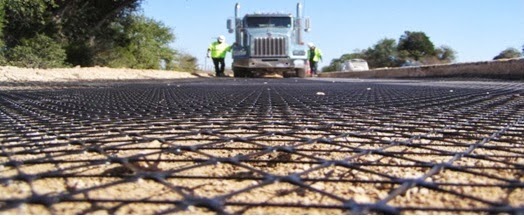
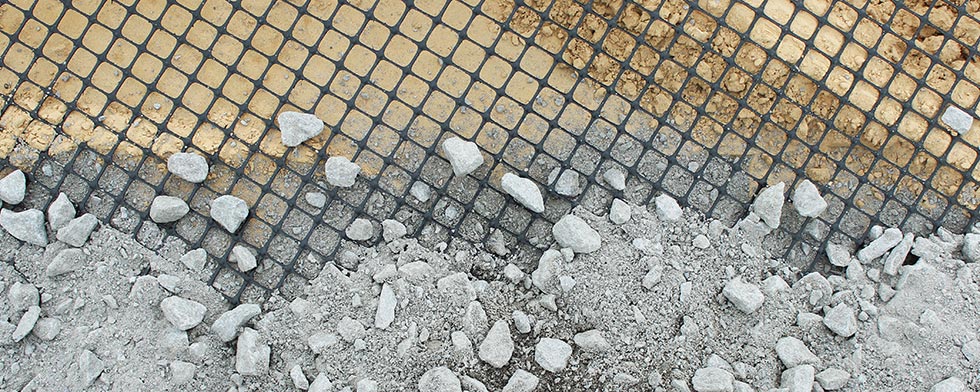
This material is made by the continuous extrusion of parallel collections of polymeric ribs at 90 degrees to each other.
When open, the ribs form a very large aperture with a net-like configuration. They are mainly made for drainage applications where they are utilized in the transportation of liquids.
This geosynthetic material is very slender, and it consists of impermeable layers of polymeric materials that are used for mainly lining and covering liquid or storage structures such as landfills, canals, including other containment facilities.
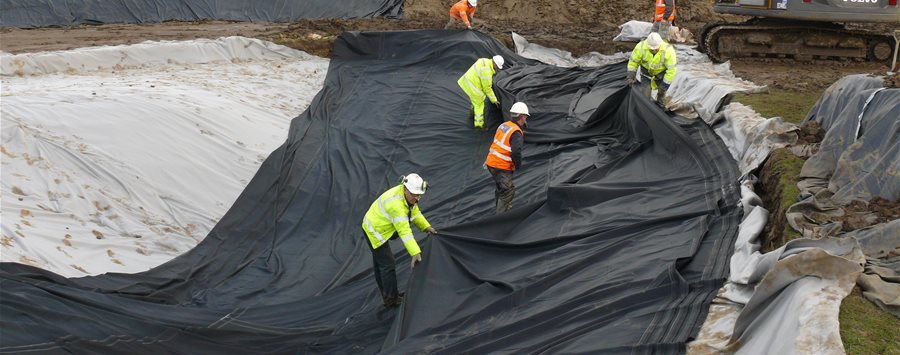
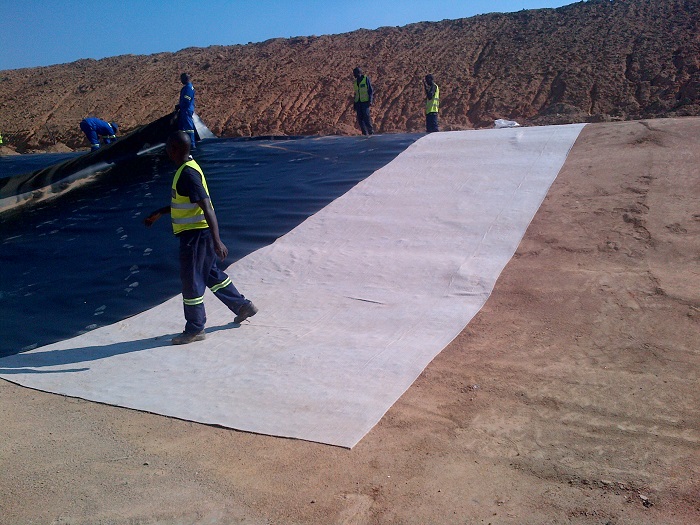
GCL’s, which are also known as Geosynthetic Clay Liners, is simply a comparison of polymer and natural oil materials.
These materials are folds of a factory-made thin layer of bentonite clay wrapped between two geotextiles or merged to a geomembrane.
GLC’s can be utilized for environmental and containment reasons; we can see their application in transportation, geotechnical, hydraulic, etc.
Geopipe is regarded as a type of geosynthetics because of its application in all areas of geotechnical, environmental, hydraulic, including private development engineering.
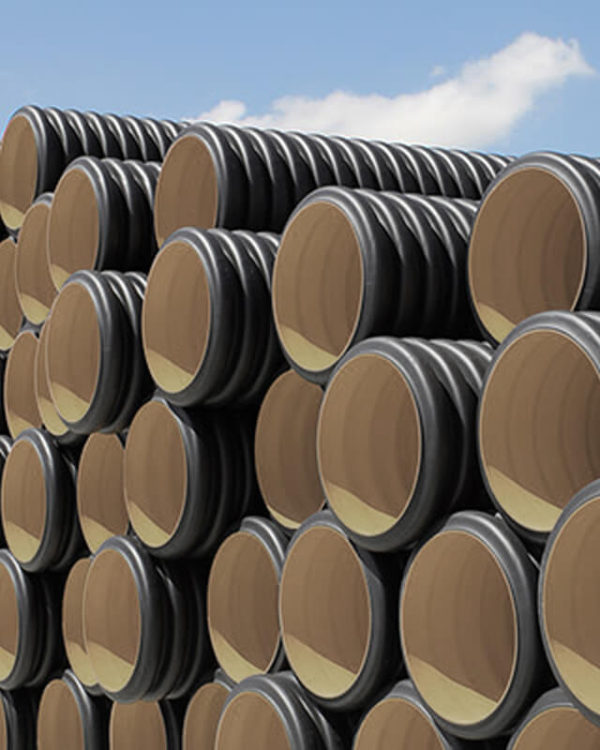
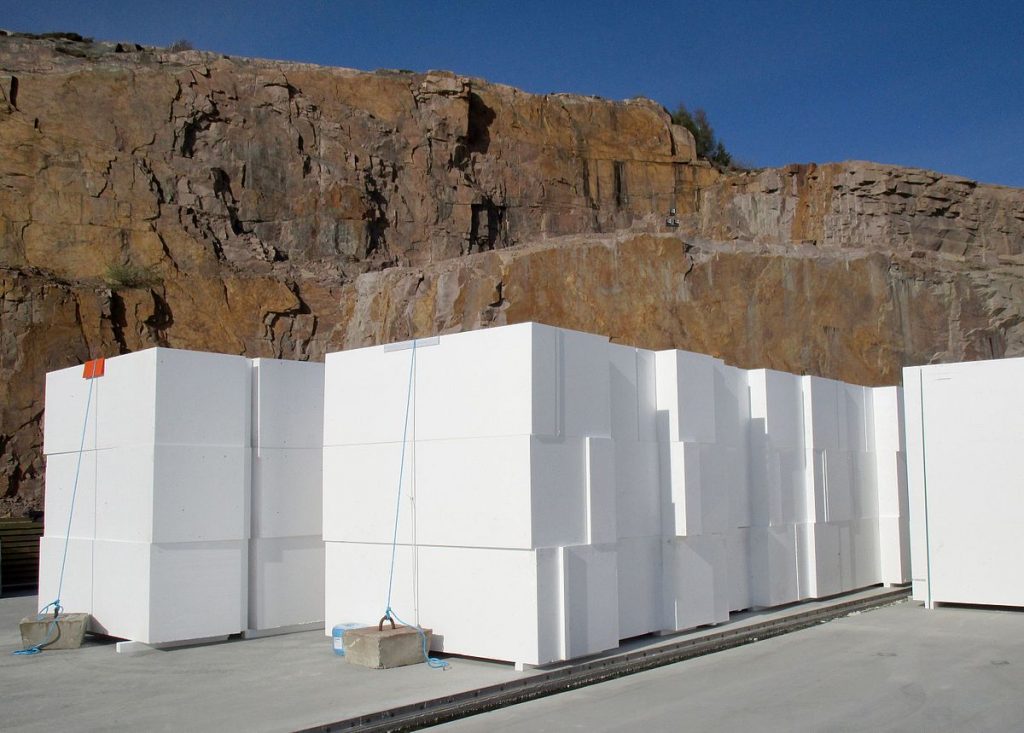
This product is made from a polymeric expansion process, and the end product is a foam that is made up of several closed cells rammed with gas.
The skeletal structure of the cell walls is the yet-to-be-expanded polymeric material.
Geocomposites is a fusion of geotextiles, geonets, geogrids, and geomembranes.
Also, the materials mentioned above can be merged with any other synthetic materials like deformed plastic sheets or steel cables.
This material has several functions, which range from reinforcement, separation, drainage, etc.

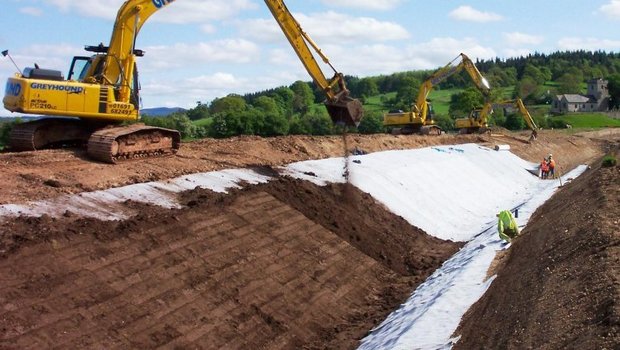
Just as the name implies, geotextiles are textiles in the typical traditional sense.
Still, this material is made up of synthetic fibers instead of natural fibers like silk, cotton, or wool. They are quite biodegradable and have a subsequent short lifetime.
Geotextile installation is an easy step though this depends on its area of application.
Geotextiles are also related to geotubes. Geotubes are used for sludge dewatering projects of various sizes.
Like geotextile installation, geotube installation is likewise not a complicated process, though this also depends on its area of usage.
There are several problems associated with the mismanagement of water on sites, and one of these dangerous problems is erosion.
Erosions often lead to irreparable depressions; hence to prevent this occurrence, a geosynthetic material, the Geocomposite clay liner, to be precise, can be used by placing it under the hydraulic structure.
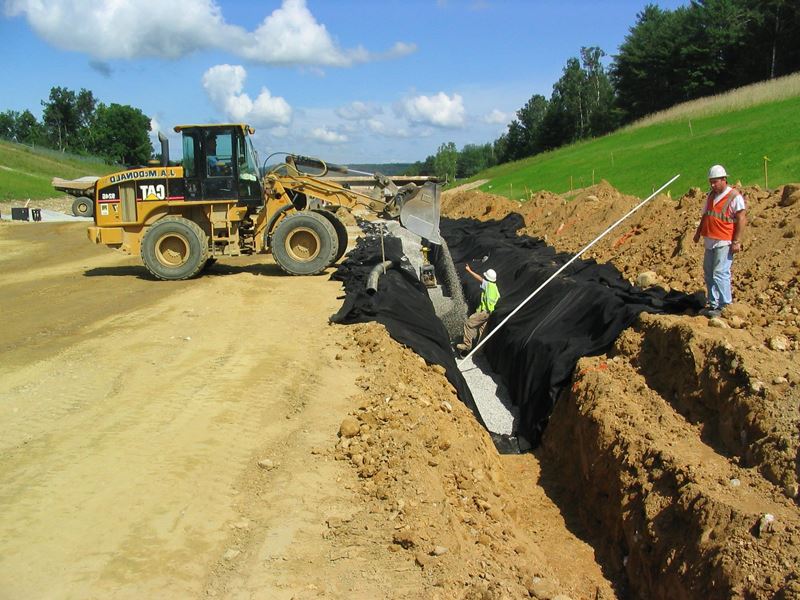

Erosion can ensue if a runoff is not managed or channeled appropriately. When water is not effectively retained on both sides of a structure like an embankment, a rise in the water table can be seen, and this results in pore pressure.
To stop the increase of pore pressure, a 50% reinforcement must be provided. A geocomposite liner is quite beneficial in this regard.
Here lies one of the best benefits of geosynthetic materials. Gabions, geotextiles, and mattresses are effective in preventing erosion.
Also, geotextile filter, including geotextile reinforcement ensures that the soil remains stable and strong during periods of heavy rainfall.
Geosynthetic materials boast of several benefits and utility, which is why they are often utilized in most construction projects.
This material comes with features that make them perform certain significant duties in structures like retaining walls, canals, foundations, etc.
If you reside in Malaysia and you are in dire need of geosynthetic material, there are established geosynthetics Malaysia companies that provide you with the best of this material, such as GSSB Consulting.
In Malaysia, geosynthetics play a crucial role in supporting infrastructure development across various sectors — from highways and railways to landfills and coastal protection projects. With the country’s tropical climate, heavy rainfall, and diverse soil conditions, geosynthetic materials provide reliable solutions for soil stabilization, drainage, erosion control, and environmental protection.
Local infrastructure projects increasingly integrate geotextiles, geomembranes, geogrids, and geocomposites to enhance performance and longevity while reducing maintenance costs. The Malaysian construction industry is also aligning with green engineering standards, using geosynthetics to minimize environmental impact through efficient material use and improved durability.
As demand for sustainable infrastructure continues to grow, Geosynthetics Malaysia remains at the forefront of innovation — combining engineering expertise and high-performance materials to ensure safer, more resilient, and eco-friendly construction outcomes.
Copyright © Gateway Structure Sdn Bhd (199401025111). All Right Reserved.